Gooseberries are an unpretentious crop that can be found in almost every garden. However, the plant requires attention. And not only during the flowering and fruiting period, but also later. Lack of care for gooseberries after harvesting can lead to the bush weakening and refusing to bear fruit in the next season. It is advisable for summer residents to avoid the most common mistakes in this matter.
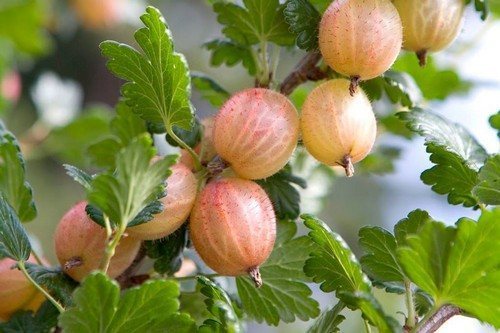
Incorrect fertilizing or lack thereof
Even after the gooseberry has finished fruiting, it needs fertilizing. At this stage, it is important to choose the right fertilizer. You cannot feed the bush with nitrogen - this will stimulate the growth of green mass. Young shoots will not have time to ripen before winter. For this reason, branches often freeze, the bush weakens.
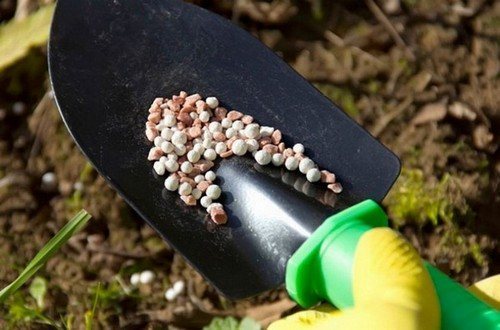
After fruiting is complete, preference should be given to fertilizers in which phosphorus and potassium predominate. For example, you can add potassium monophosphate (50-70 g per sq. m) or potassium salt (25-30 g per sq. m). Granules are scattered in the near-trunk circle, and then sealed to a depth of 8-10 cm and watered. Closer to autumn, bushes can be fed with peat or humus (1 bucket per bush), and wood ash can also be added (200 g per sq. m). Summer pruning
Another mistake is summer pruning of gooseberries.4 most common mistakes when caring for gooseberries after harvest
Skip to content
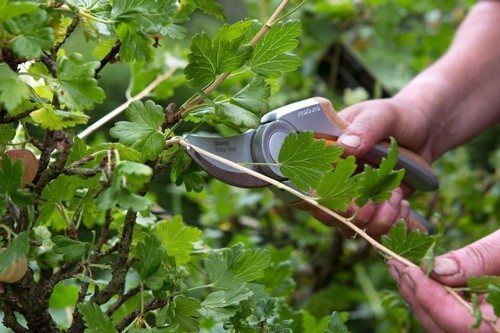
Ironing
Stains
Cleaning
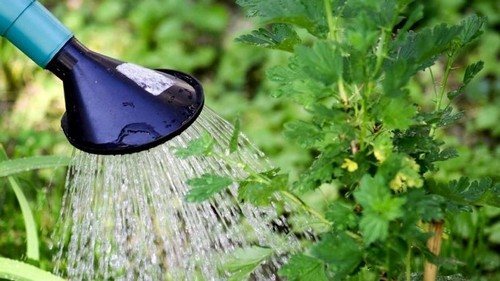
Things
Technique
Storage
Dishes
Interior


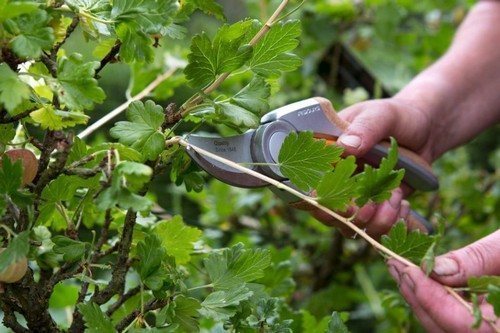
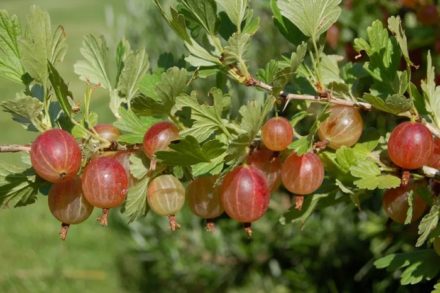
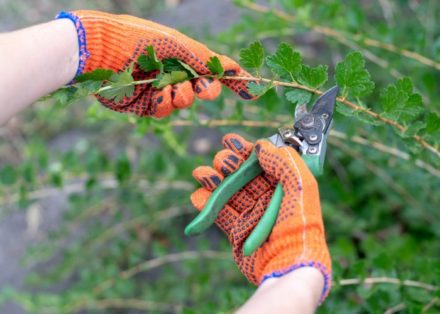

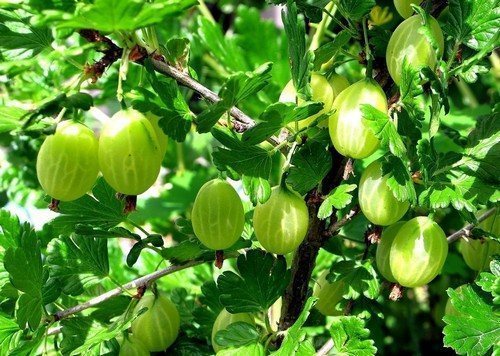
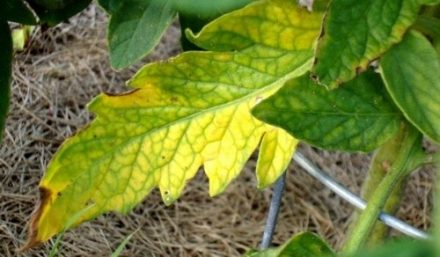
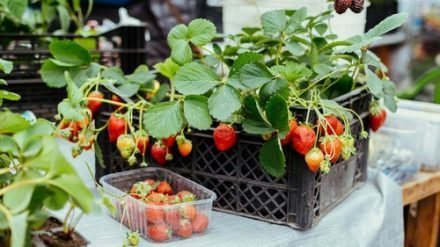
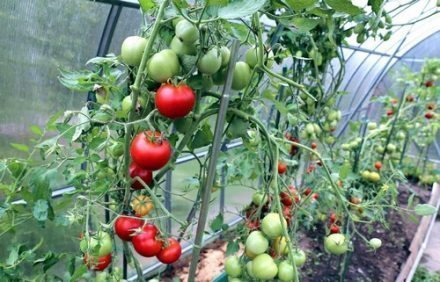
Any pruning stimulates branching. Instead of resting, the gooseberry will begin to build up vegetative mass. As a result, by the time of wintering, the gardener will receive a weakened bush with immature shoots. Pruning according to the rules is carried out in early spring before the sap begins to flow and in late autumn before the arrival of severe frosts.
No watering Despite the fact that gooseberries are drought-resistant, they need watering. A plant that experiences a lack of moisture will be less resistant to disease, will lose its leaves early and will bear fruit worse in the future. As soon as the last berries are collected, you need to add a bucket of water under each bush.
Irrigation must be repeated at the end of September. Moisture-recharging autumn watering is necessary for a safe winter and good growth of shoots in the spring. After irrigation or rain, the soil in the root zone needs to be loosened. This technique will not only provide oxygen access to the roots, but also rid the soil of the larvae of harmful insects that have accumulated near the roots of the plant. 6 steps to prepare gooseberries for winter
Wintering without mulching Considering gooseberries to be a frost-resistant crop, some refuse to mulch the root zone in the fall. Perhaps the shrub will not suffer from severe frosts, however, it is better to play it safe and provide it with minimal insulation for wintering. It is especially important to carry out mulching in regions with snowless winters.
Caring for gooseberries at the end of summer and autumn consists of proper feeding, watering, and loosening the soil. Closer to winter, be sure to prune the bushes and mulch the root zone. Taking care of the plant will prolong its life and provide the summer resident with an abundant harvest of healthy berries.